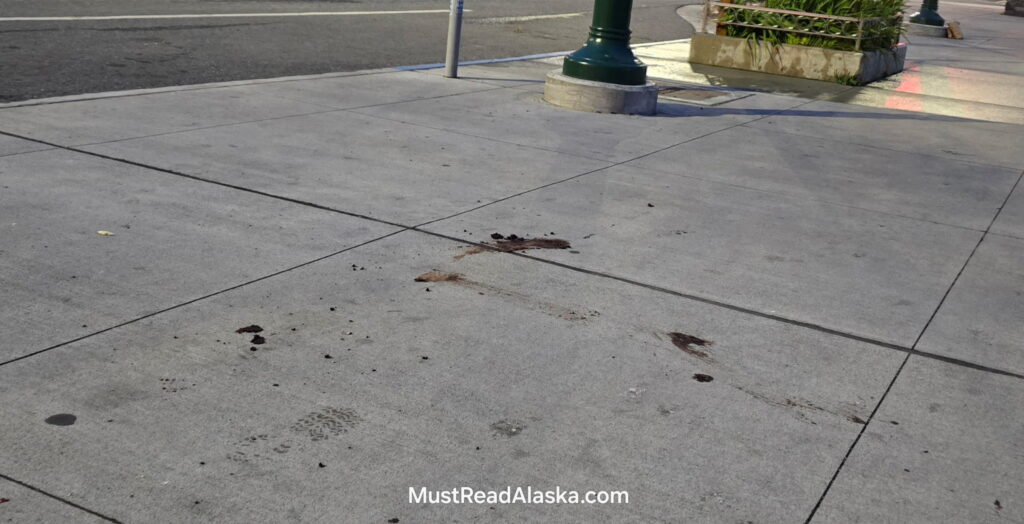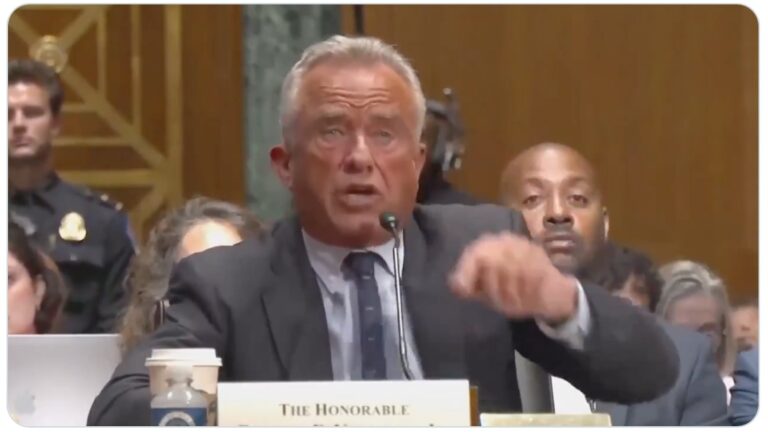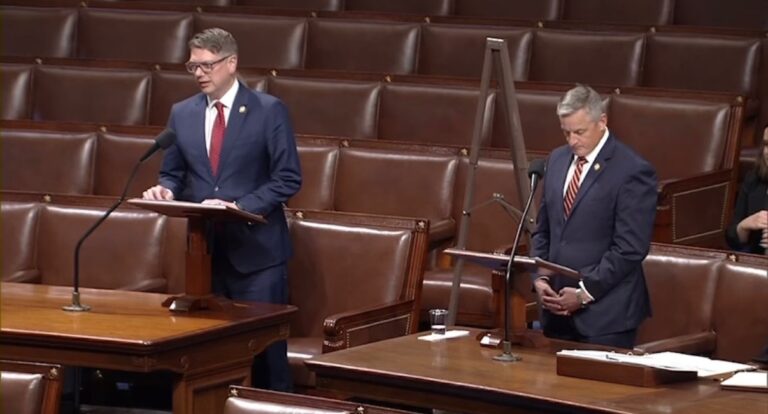By WIN GRUENING
Municipal election ballots will begin arriving in Juneau mailboxes this month and voters will have to make choices. Will they continue to allow a good portion of their tax dollars to be spent without regard for the wishes of the public? Are they going to tolerate ever rising taxes and fees to make Juneau an even more unaffordable place to live?
There is a better way. Outmigration and the continuing decline in school enrollment will only be stemmed by economic growth and a corresponding drop in Juneau’s cost of living.
Economic growth, measured by an increase in income, employment, and a broader and thus healthier tax base, would help make Juneau more affordable.
But the City and Borough of Juneau Assembly, after funding community core needs like public safety, basic infrastructure, and schools, always seems to pivot to discretionary spending on projects and initiatives that few want or need.
If raising taxes, adding debt, and increasing rates for city services are the only solutions the CBJ Assembly is willing to consider, community affordability will continue to suffer. It follows that seniors on fixed incomes and working-class families will leave for less expensive places to live.
Reversing this trend requires a focus on balanced economic growth coupled with restrained spending.
The Assembly’s enthusiasm for spending millions of dollars for new city offices, a new arts and culture “civic” center, and unnecessary voting schemes like vote-by-mail and ranked-choice-voting is the most visible evidence of their lack of regard for taxpayers’ real needs.
Hidden in the city budget is also an ever-growing list of discretionary city grants that have little relation to core government services. The annual cost of these services has tripled in size and amounts to over $91 million in the past 12 years.
Pumping more government money (your taxes) into the economy isn’t the answer. This rarely creates durable jobs and is subject to the whims of government bureaucrats and elected officials.
Creating permanent jobs and expanding Juneau’s tax base are the province of the private sector. Government’s role in fostering economic growth is to keep taxes low, cut bureaucracy, and generally make it easier to design and develop revenue-producing projects.
But it isn’t clear that Junueau’s city leaders understand this.
One only needs to look to the Aak’w Landing project, a proposed new cruise ship terminal and uplands development in the Subport area, that has undergone the most rigorous and demanding public process in recent CBJ history.
The $200-million project languished for years, dating back to when the property was purchased in 2019. It faced a never-ending array of bureaucratic challenges and delays to reach a point where the Juneau Assembly finally decided on a necessary tidelands permit last March. Yet, the owner, Huna Totem Corporation, is still waiting for the tidelands lease to be finalized so it can begin construction.
Other projects that could bolster Juneau’s economy could be in the offing if the city would promote less restrictive and burdensome requirements for developers. Streamlined permitting, creative zoning, deleting unnecessary parking requirements, for instance, are all ways to encourage and support entrepreneurial development.
What is clear is that based on the deluge of comments on social media, recent spending decisions by the city have struck a nerve with Juneau taxpayers.
This has resulted in two citizen initiatives being placed on the ballot to limit the property tax millage rate to 9 mills (slightly above where is was last year) and to exempt food and utilities from sales taxes.
The city has responded by placing a seasonal sales tax proposal on the ballot that is being presented as a way to offset revenue reductions. In reality, however, a seasonal sales tax likely would increase the tax burden for many residents, especially seniors.
Voters’ only recourse is to pass the two ballot propositions limiting property tax increases, adding a sales tax exemption for food and utilities, and voting against the seasonal sales tax proposal.
By doing so, voters will send a clear message to city hall that “We want this city to be responsive to voters, and we want it to grow, because it’s the only way it will be affordable to live here.”
After retiring as the senior vice president in charge of business banking for Key Bank in Alaska, Win Gruening became a regular opinion page columnist for the Juneau Empire. He was born and raised in Juneau and graduated from the U.S. Air Force Academy in 1970. He is involved in various local and statewide organizations.
Win Gruening: Juneau seasonal sales tax proposal is a permanent tax increase
Win Gruening: Sullivan’s actions speak louder than his critics
Win Gruening: Nick Begich III is hitting it out of the ballpark in Congress
Win Gruening: Juneau leaders lose the plot on affordability, but voters may push back in October
Win Gruening: Homeless, not helpless, Part 2
Win Gruening: Juneau Assembly set to mandate another complicated, cumbersome voting system















